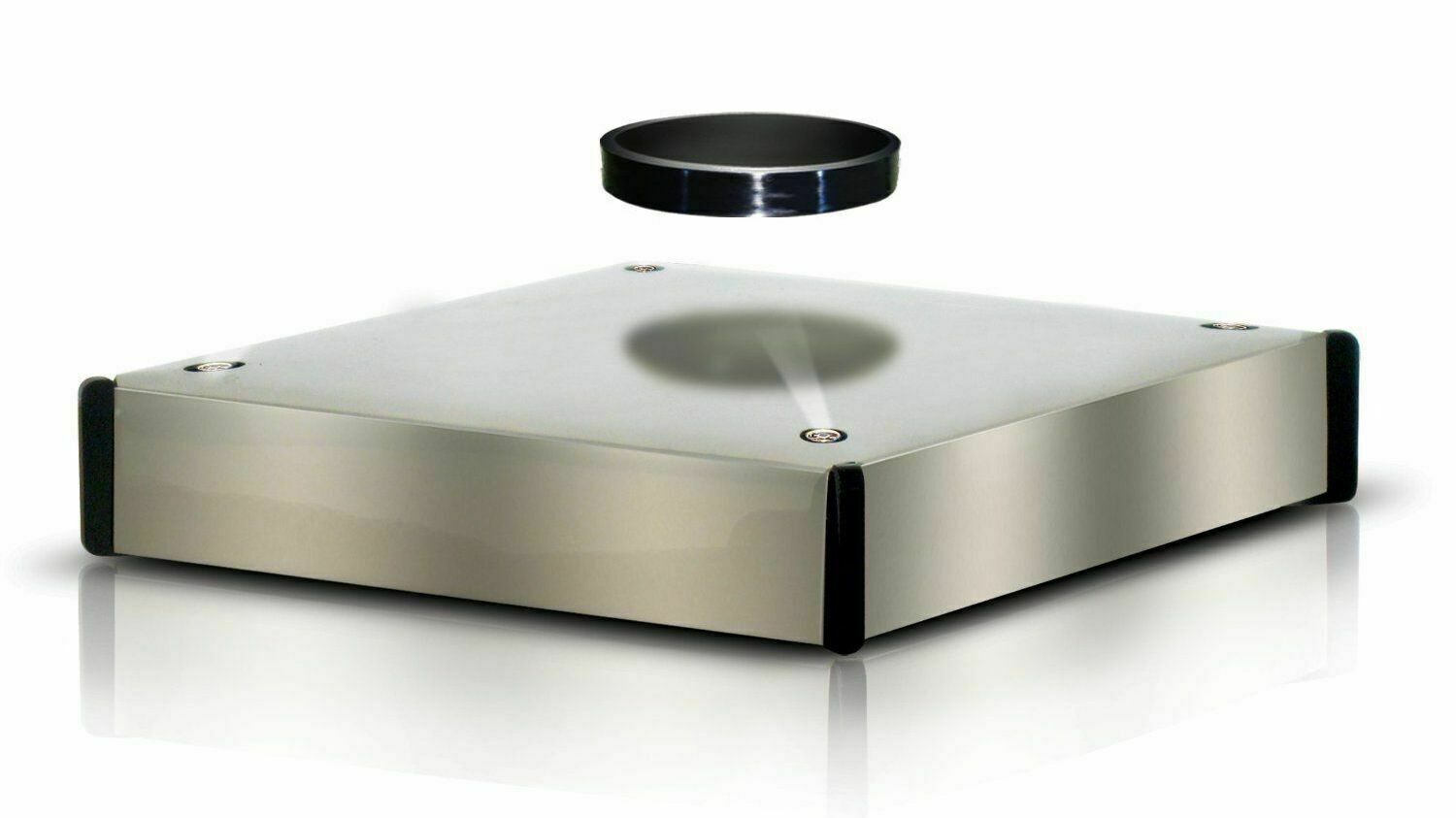
Breakthrough! Russian scientists have invented a new type of energy storage on superconductors
Leonid Zlotnikov
Theoretically, in the long term, such storage devices can revolutionize the energy industry.
The development is supported by the Priority 2030 program.First of all, work is underway on the design of the so-called kinetic energy storage.
It will be a bearing made of modern superconducting composite materials floating in a gradient magnetic field created by permanent magnets due to the effect of magnetic levitation. Thus, this bearing will not touch the stationary parts of the device, and ideally it should float in a vacuum. Under these conditions, the rotation of the bearing occurs almost without friction. If such a bearing is unscrewed (for example, with the help of an electric motor that transmits rotation to the shaft through a connected magnetic coupling), then it will rotate in the void for months, saving the energy transferred to it almost without loss. If necessary, this energy can be "removed" from it, for example, by reconnecting the magnetic coupling and generator to the bearing. It is planned that a working prototype of the kinetic storage device will be created during 2023.
The second type of drive is induction, and it seems even more incredible to an amateur. If a winding made of a superconducting material is energized with an electric current, and then closed to itself, then there will not be a short circuit (as it would be in a conventional electrical circuit), but an electric current will begin to flow in a closed circuit in a circle – and it, too, almost losslessly, will retain the amount of current, and hence the stored energy, for weeks, and maybe months (depending on the degree of optimization of internal losses). The energy from such a storage device can be partially or completely "removed" if necessary and transferred to the payload. In 2023, MEPhI plans to fundamentally develop the design of an induction drive "on paper" and calculate its technical characteristics.
The main advantage of the new type of storage devices lies in their capacity: in terms of energy density to mass, superconducting storage devices should be several times higher than conventional batteries. Also important is the possibility of partial removal of energy and their recharging during operation.
However, their important technical feature is that the composites used in structures exhibit their superconducting properties only at very low temperatures. Although the superconductors intended for use in the development of the MEPhI Research Institute are called "high-temperature", these temperatures can only be called high by the standards of the world of superconductors. These drives can only work if the temperature inside them is maintained no higher than 77 degrees on the Kelvin scale - that is, a little more than minus two hundred degrees Celsius. This corresponds to the boiling point of liquid nitrogen and it is with the help of it that they are going to maintain a low temperature inside the storage unit. As explained by Igor Rudnev, professor at the Laplace Institute and a leading researcher at the Superconducting Energy Systems laboratory, liquid nitrogen is quite cheap, and modern thermal insulation systems will allow adding nitrogen to storage no more than once a month.
Of course, the question of the economics of such storage devices remains acute. The composite high-temperature superconductors and magnets made of rare earth metals used in them are quite expensive. According to Igor Rudnev, these drives can be used in "green" energy and industry. For example, they can be used to increase the uniformity of energy generation at solar and wind power plants: when there is wind or sun, the storage device will be recharged, but when natural factors fail, the storage device begins to give energy to the network. Also, they can be used as backup power sources in industrial enterprises where continuity of production is of great importance. It is possible to use such drives on large electric vehicles (like electric buses).
In the long term, MEPhI plans to create prototypes of not only storage devices, but devices of all phases of generation, production, transmission and storage of electricity using superconductors: add a generator (wind or solar) on superconductors and a superconducting cable to the storage device. Thus, it will be possible to see a prototype of the electric power industry of the future, which will be the Superconducting Energy Cluster of the NRU MEPhI.
The development of energy storage devices based on superconductors is supported by the Priority 2030 program within the framework of the subproject "New ways of energy storage and transportation: Superconducting Energy Cluster" of the Strategic Project "New Generation Nuclear Energy Technologies and Extreme States of Matter".